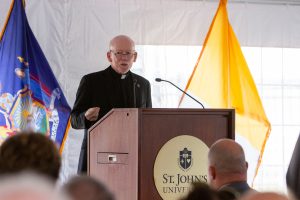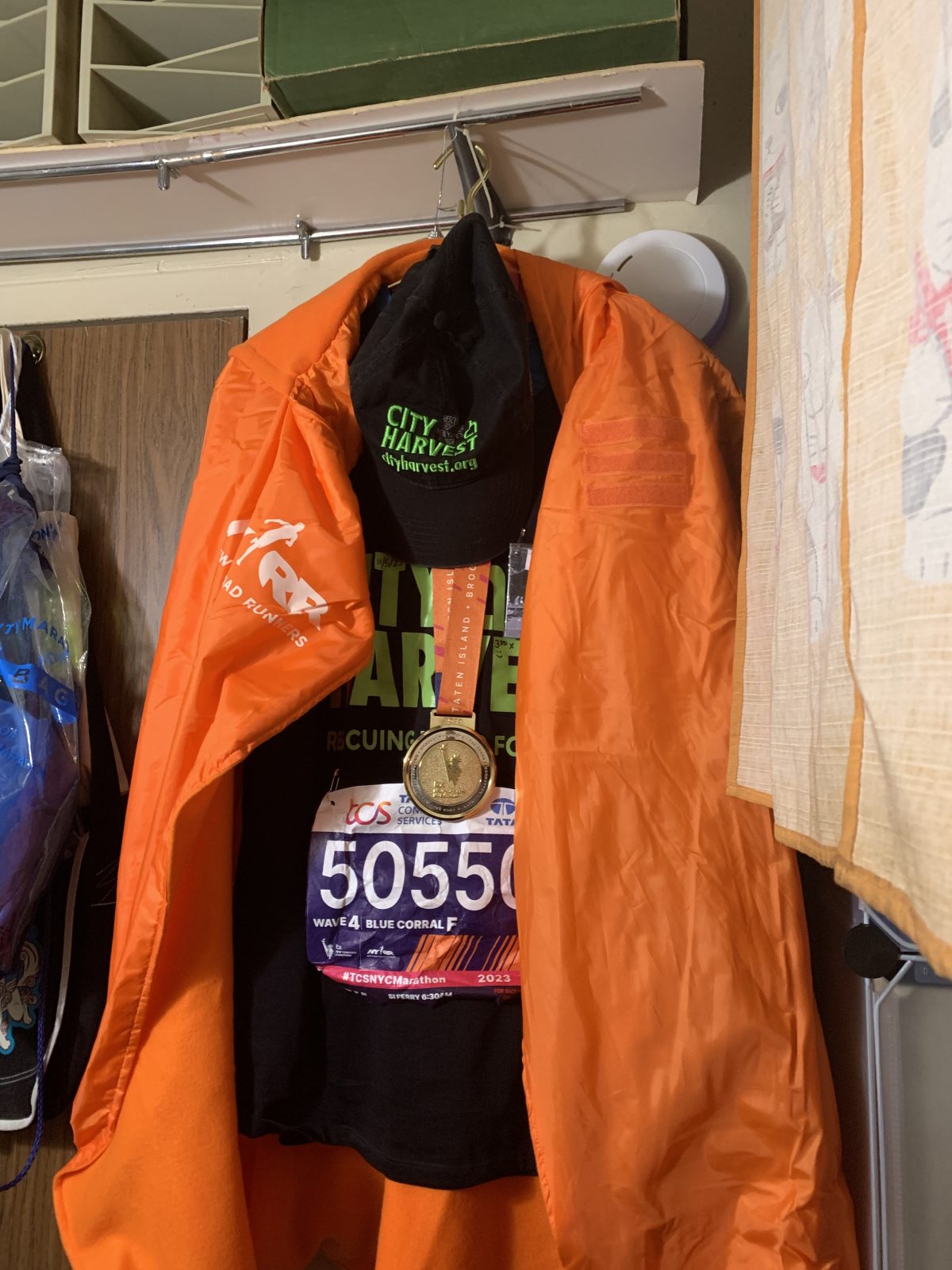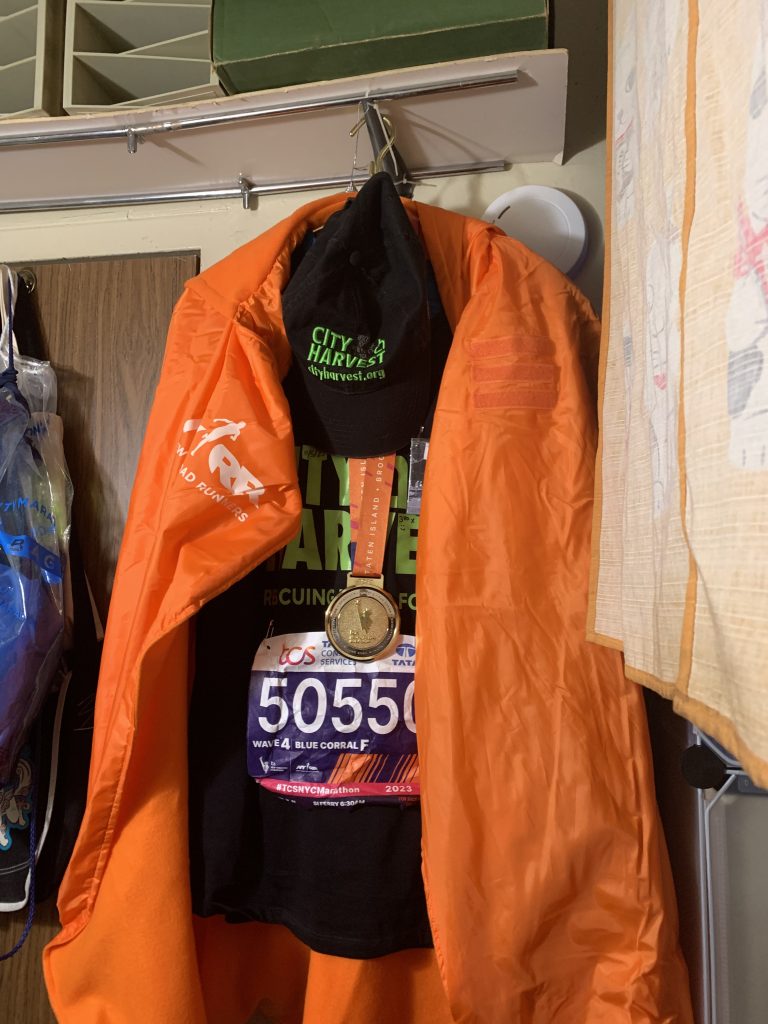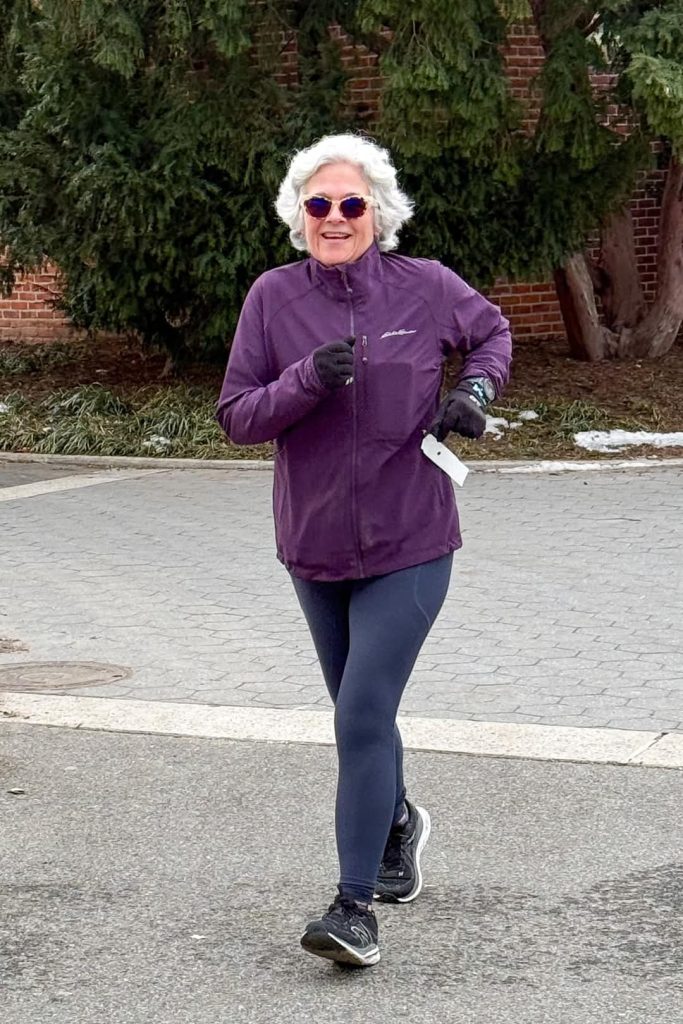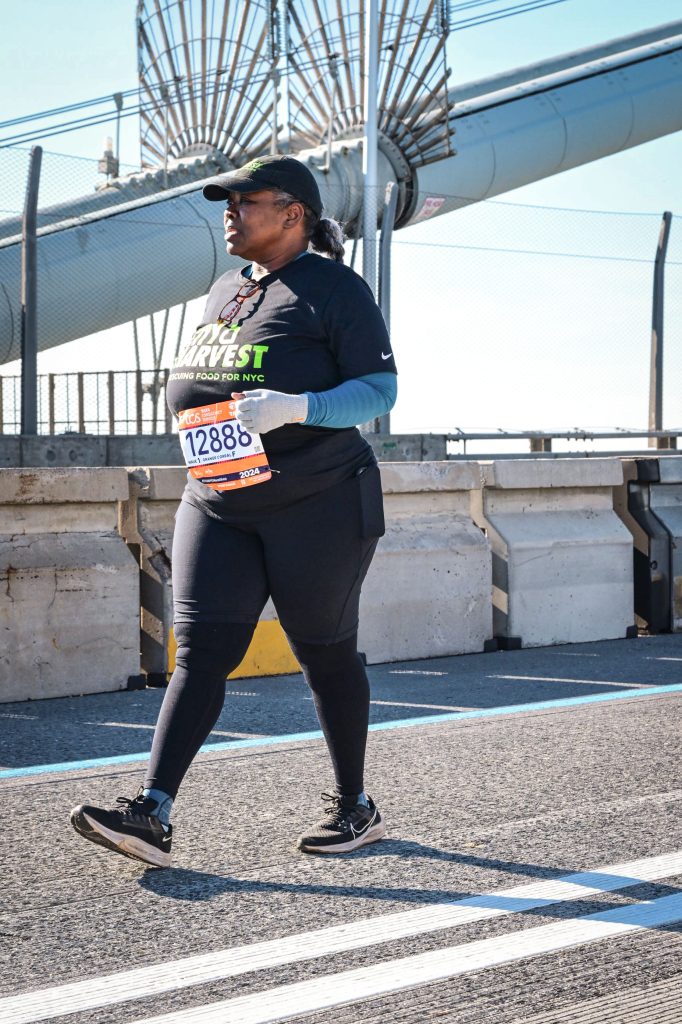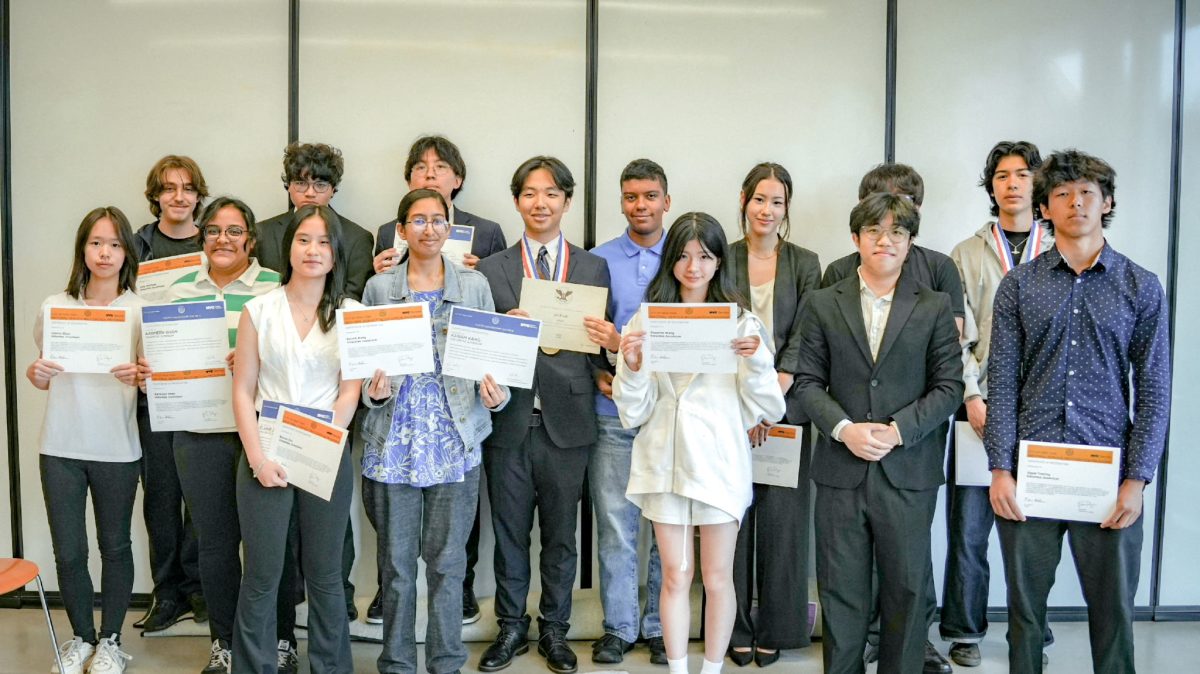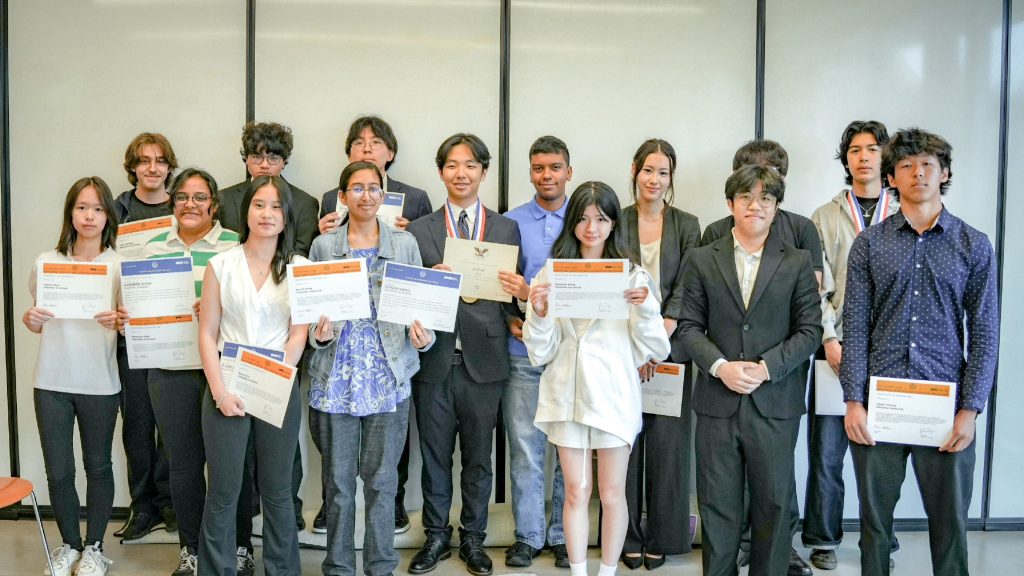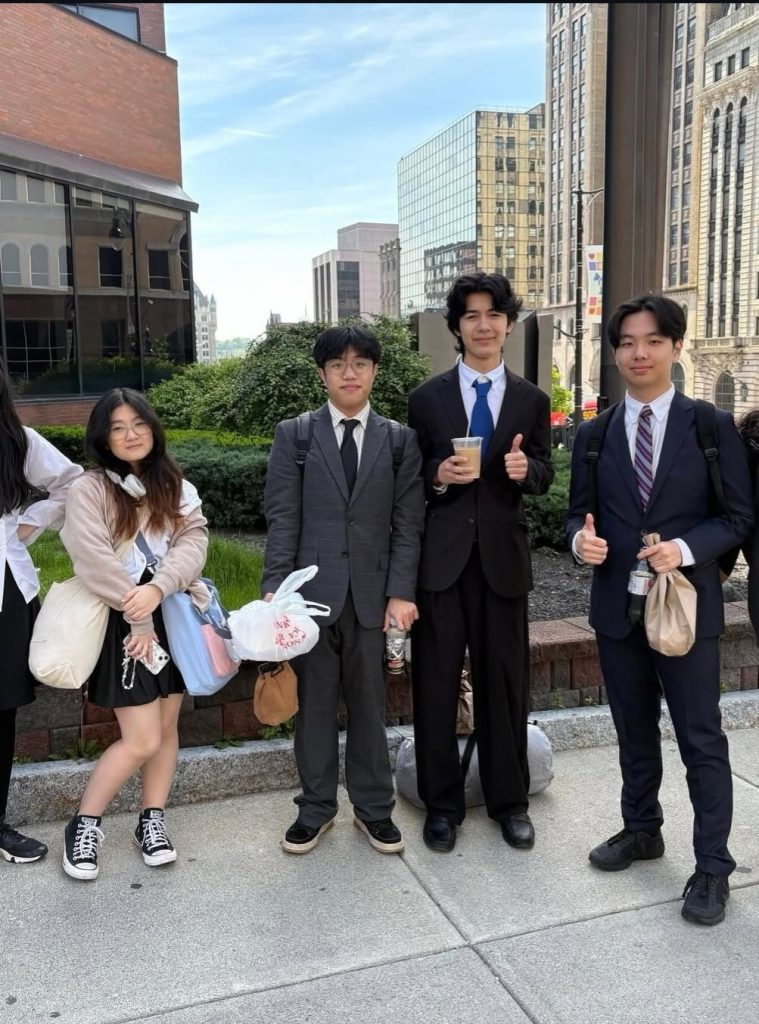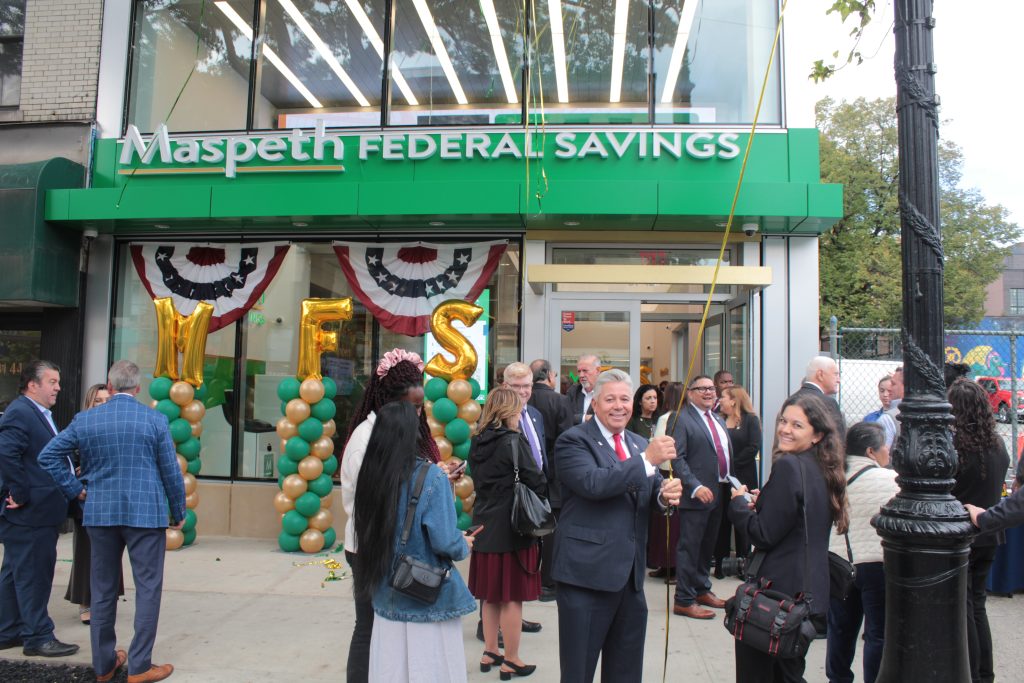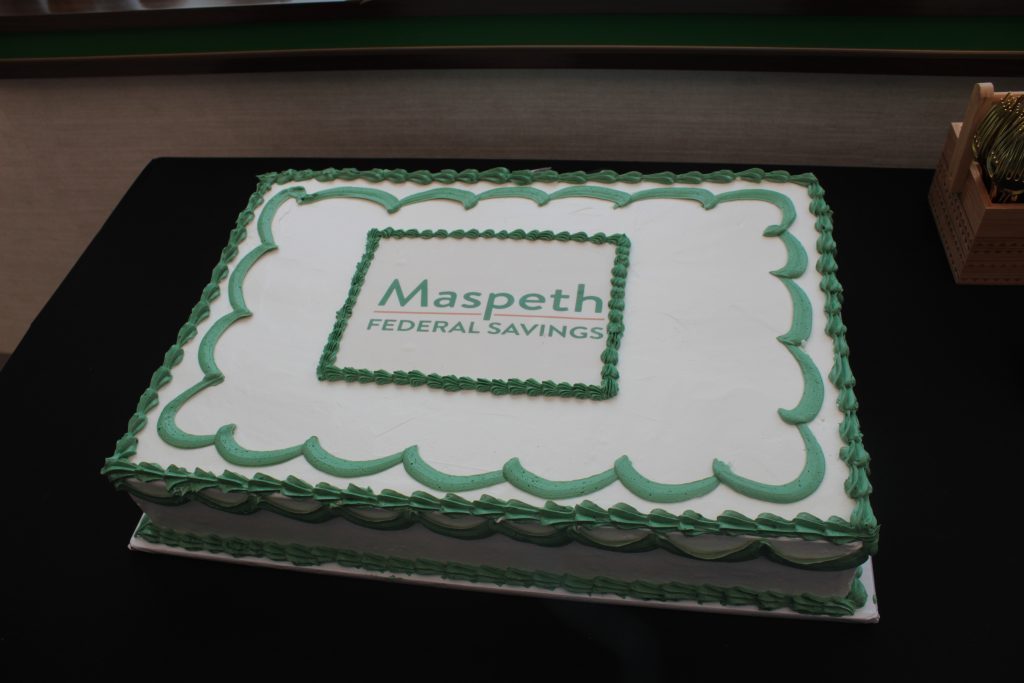The Voters are Always Right, Even if it Doesn’t Seem So
Robert Hornak
Robert Hornak is a veteran political consultant who has previously served as the Deputy Director of the Republican Assembly Leader’s NYC office and as Executive Director of the Queens Republican Party. He can be reached at rahornak@gmail. com and @roberthornak on X.
No candidate for office is ever successful thinking that voters are dumb or by insulting them. Having been active in politics for 30 years I can’t count the number of times that someone has asked me, “Don’t the voters understand what’s best for them?”
That’s the biggest mistake a candidate can make; Thinking they know better than the voters what matters to them.
Many people don’t get what political campaigns are about. Even many people in politics don’t get it. They are not about educating the voters on what you think they should care about. And they aren’t about finding out what the hot button issues are and just pandering for votes. Voters can sense authenticity, or a lack of it very well.
Campaigns are about looking at the issues that you care about and finding which ones resonate with the voters at that time. Then going out and communicating your message to the voters. But the message is just as much about the messenger as the message. Just having what you think are the right issues doesn’t alone make for a good candidate.
And this is where many people active in politics get frustrated. They don’t understand why, even when you have all the right issues that have worked for others, many candidates still lose. It comes down to one simple fact – they weren’t good candidates.
Good candidates, those who win, fire on all cylinders. When I tell people that the candidates that year are not good, I get a variety of responses from frustration to anger. How can that be, they stand for all the right things?
So, I ask the following questions. How many doors have they knocked on in the last week? Or month? How many phone bank calls have they made? How many dedicated volunteers have they attracted? How much money have they raised?
Yes, all these things matter. Good candidates attract the support that makes their campaigns whole. And that includes money. You don’t need to have millions for most races, but you need enough to run a competent and complete campaign that touches every targeted voter. If people believe in you, they will donate to your cause. If you can’t raise money, or you can’t ask for money, then you can’t win. And you take scarce resources from candidates who can.
NYC is about to elect an inexperienced 34 year socialist Assemblyman who will likely be a very divisive mayor, and many will blame the voters for electing someone who many believe will not be up to the job. But the voters judge based on what is presented to them, and there is no question that Zohran Mamdani ran a good campaign with a mostly positive message.
Here we have a good lesson about insulting the voters. Andrew Cuomo, running about ten points behind Mamdani, desperately needs the votes of Republicans to win. He’s got many who will likely say they’ll hold their nose and vote for the lesser of two evils.
Republicans remember not just Cuomo’s issues that they blame for NY’s problems, but even more the condescending attitude he had as Governor. They’ll recall the way he insulted every Republican back in 2014 when he said that conservatives who are pro-life, pro-gun and who oppose gay marriage “have no place in the State of New York.”
That comment is now coming back to bite Cuomo where it hurts most. He is going to learn the consequences of insulting the voters at the worst possible time.
Ultimately, the voters know who is talking to them, or at them, and who is listening to them. They expect a few simple things from their candidates. Have a positive
message that tells them what you want to do in office. And have the ability to communicate that message to the voters, do not expect them to find out on their own. That’s what campaigns are for, to communicate your message to every voter whose vote you want. And if they like you and your message, maybe they will vote for you.






